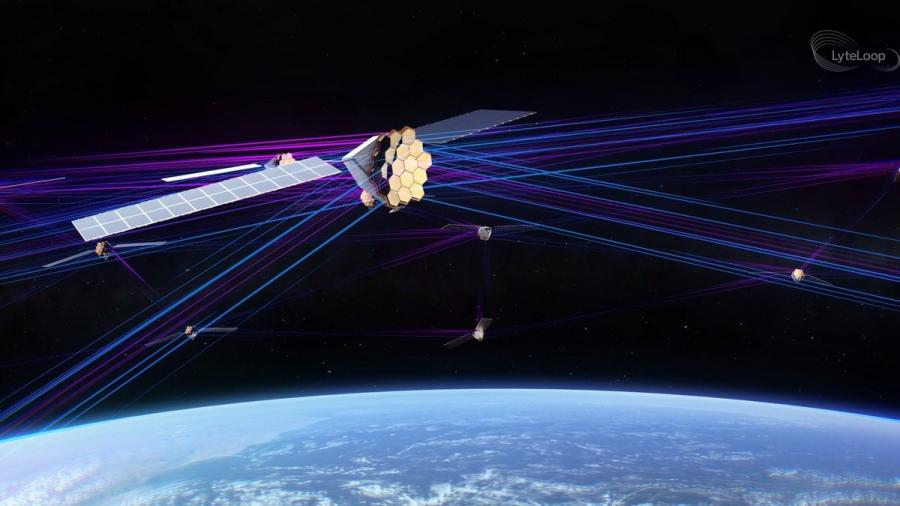Data over the clouds

What if someone told you that your data is stored in space? Recently, a new technological idea has emerged that consists of transforming current Data Centers, consisting of large rooms of interconnected servers, into satellite networks that store data in the form of constantly moving light.
LyteLoop Technologies has pioneered this revolutionary idea. In recent years, this company has been researching and developing the idea and has recently raised $ 40 million in funding that will allow them to make it a reality in the next 3-5 years.
Using photon-based technology, LyteLoop stores data while in a constant circular loop. For this technology to work, they use very high bandwidth lasers that use less electricity. Compared to data centers on Earth, this method reduces both storage equipment and electricity, and latency is below 45 milliseconds.
However, LyteLoop is not the only company that intends to store data in space. A company called Cloud Constellation has announced that from some GEO satellites already in space and its own network of 10 low-orbit satellites (LEO) will offer a more secure data storage service compared to data centers located on Earth. This service has been patented as SpaceBelt Data Security as a Service (DSaaS).
What are the benefits of this new solution?
First of all, this technology offers greater data security, as they are in space in constant motion and at the speed of light. In addition, the use of a new, much more powerful encryption method, called quantum encryption, is being considered.
On the other hand, satellites allow the storage of hundreds of petabytes and even exabytes, more securely, quickly and at a lower cost. When storing moving data, the distance between satellites must be taken into account when calculating the maximum capacities. Currently, the following formula is considered:
Storage Capacity = S*P*N2*avg D*Bitrate / C
N = Number of apertures per satellite
C = speed of light
S = Total number of Satellites
P = # Satellites “seen” by each satellite
D = Distance between satellites
From this we deduce that the more satellites and more point-to-point communications between them, the greater the storage capacities that can be achieved. Also, comment that this solution is more environmentally friendly, as on Earth, to store the same amount of data, much more energy is required.
Finally, although this technology is not currently implemented, in the future it will probably be one of the most used thanks to all the benefits it offers compared to current solutions.
Pol Centelles Perxés